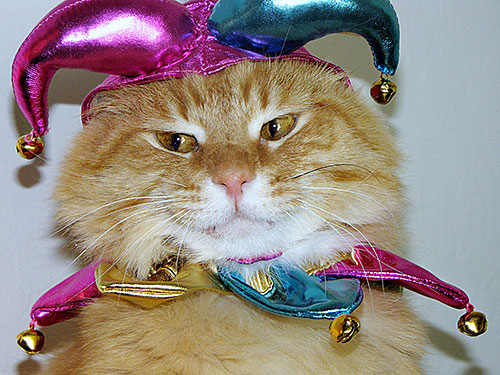The use of the singular “they” is so common in American speech that I find it a little funny that I’m writing about it. And yet, here I am. We say it all the time: “Everyone wants their cat to look cool on Halloween.” You know, as the saying goes. For ages it seemed, written English told us that the sentence would be more proper if it read, “Everyone wants his or her cat to look cool on Halloween.” Doesn’t that just seem unnecessarily clunky to you? That’s because it is.
The linguists at the American Dialect Society voted the singular “they” as the Word of the Year in January. The singular “they” can be used to refer to a group of people, and now, to a single person without mentioning their gender. This is useful in a great many contexts. If you don’t know the gender of the person you’re writing about or if they (see what I did there?) identify as anything other than simply “he” or “she” are just two examples.
One grumpy writer at the Wire claims that just throwing a “he” or “she” into your writing when you don’t know the specifics helps to make your writing more “real and individualized.” But I find that to be generally disorienting and confusing more than anything. Randomly assigning a gender to an unknown person is not a solution at all, and it completely avoids the fact that some people don’t identify as a “he” or “she” to begin with. Solutions like this are shortsighted and blind to the realities of the world.
English isn’t static. It’s ever-evolving and changing; that’s part of what makes it beautiful. I tend to take the side that says there are no real “rules” in English, only ways to make your writing clearer, neater, and easier to read. The singular “they” does all of those things. And who knows, maybe one day we’ll all be speaking and writing entirely in emojis. I can’t wait.

